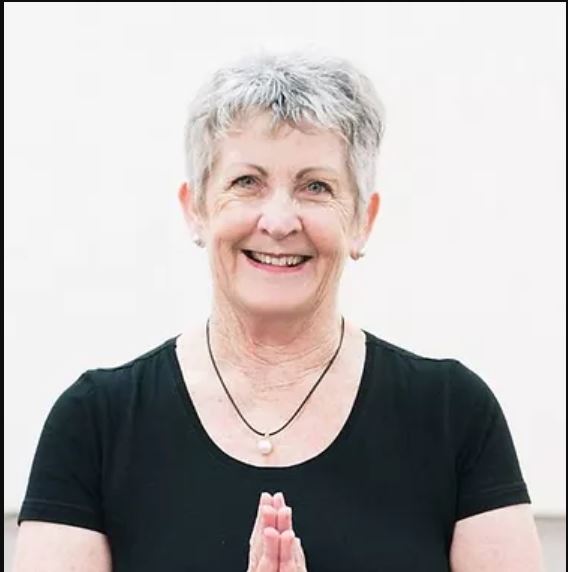
Pranayama and mudra for the various ages and stages of life
Posted by Katie Brown, 12-Aug-2020
It is quite fitting that Margaret Willcocks is focusing on the ages and stages of life in the upcoming IYTA workshop, as she is about to move down a new path from her long yoga career.
She is running this workshop in September before the doors close for good to her Perth-based academy: The Greenwood Academy. Margaret, 65, graduated from the IYTA’s Diploma of Yoga Training in 1994 and has been teaching regularly ever since.
She is particularly keen to give the WA IYTA members a deep experience of pranayama techniques and mudras directed at different ages and stages of life.
She says: “I really enjoy practicing pranayama and from observing how it has benefited me through many of life’s challenges. I have noticed that pranayama and mudras often affect people of different ages rather differently. Young and older people all respond rather differently.”
Margaret shared that many people of all ages are mouth breathers rather than nose breathers and has observed how this may be the cause for their anxiety and agitation. So, it can be helpful to encourage mouth breathers to do practices such as Bhramari as a means to help them focus on breathing through their nose.
For younger people – children – although it is wise not to teach involved pranayama – children can be taught to simply observe their breath to notice if it makes them calm or uneasy etc as they may not be ready for such techniques. However, Bhramari can be a simple technique as often children do this automatically by sticking their fingers in their ears and humming so as not to hear what they don’t want to hear?
The benefits of working on different ages with pranayama ultimately depends on the individual and their understanding of their body, their age, any illness they may have etc. before they can learn about and practice pranayama. Substantial benefits may only be gained from a continued practice of a technique that is suited to the individual.
This will be a face-to-face workshop, rather than online, as Margaret says it is important to be able to see and hear the students. She says: “In an online class situation I am not always able to see and hear how students are breathing.”
Mudras also tend to suit different people at different ages. Margaret says: “Babies/children are often seen with their hands in Chin Mudra quite naturally and it seems to be when they are calm and content. It is a basic mudra which helps to pacify and uplift and is good to continue with it when they go to school to help stay calm and focussed.”
She adds she has seen the difference between men and women’s hands with mudras and not everyone has flexibility in their fingers for some mudras, especially if they have arthritis. “It is important to have alternatives that provide similar benefit,” she says, emphasising the fact that mudras are particularly beneficial as they help to promote both mental and physical health.
Margaret has more than 25 years teaching experience and says this workshop will give participants and teachers a range of options and alternatives, so everyone can experience the benefits. She stresses that she is no expert, simply keen to share from her knowledge, practice, and experience of teaching over the years.
To book in to this workshop, click HERE
